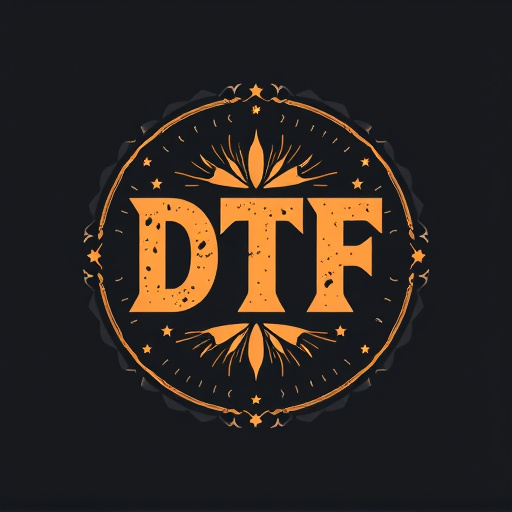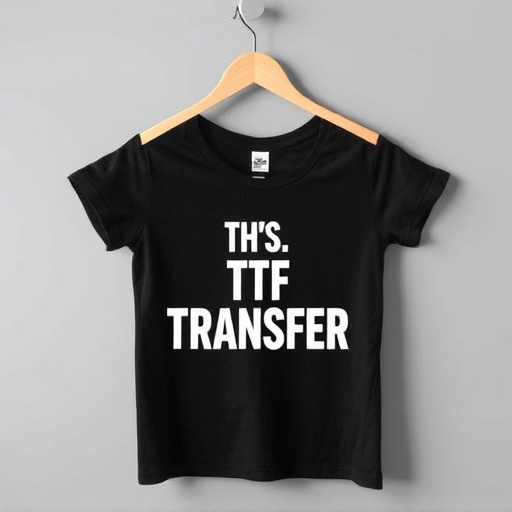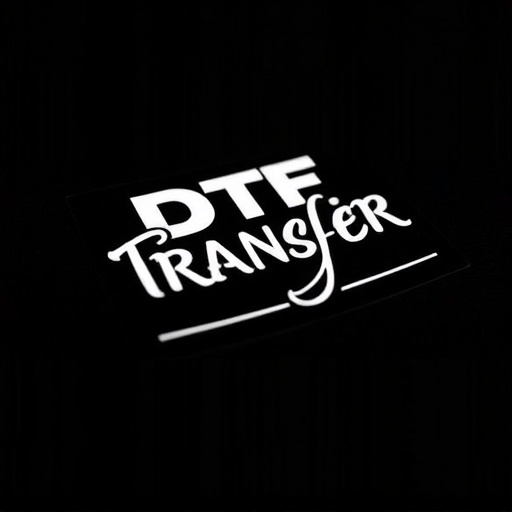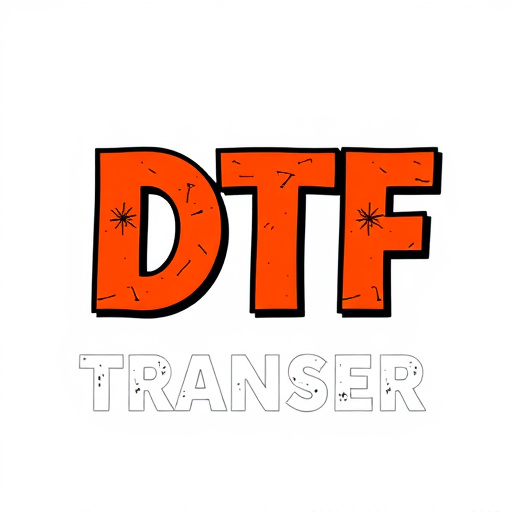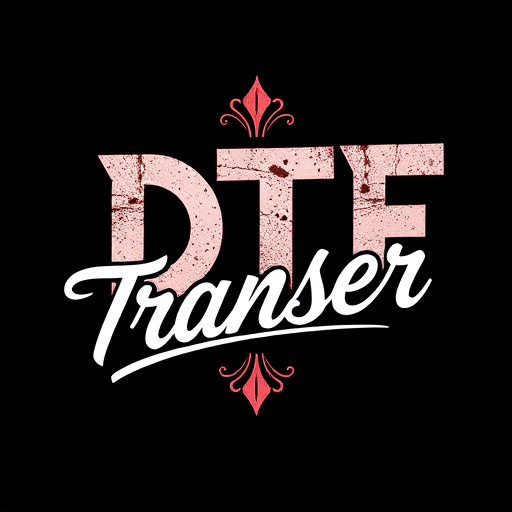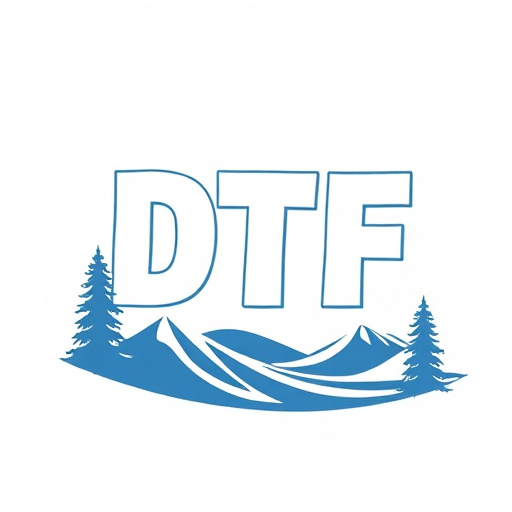Direct to Fabric (DTF) transfers offer a revolutionary printing solution for commercial applications, providing high-quality, durable prints on various fabrics. This method is especially beneficial for custom apparel and promotional merchandise due to its fast production times, cost savings, and exceptional versatility. DTF prints are known for their vibrant colors and longevity, with some claiming durability up to 50 washes or more. The process involves specialized software design, followed by precise transfer of images using heat and pressure, ensuring the ink fuses into fabric fibers. Future trends in DTF technology focus on longer-lasting transfers and digital printing innovations, catering to sectors like outdoor advertising and fast fashion, while market insights highlight the growing demand for cost-effective, high-performance solutions.
“Discover the revolution in commercial printing with extended-durability DTF (Direct to Fabric) transfers. This comprehensive guide explores the cutting-edge DTF transfer technology, its advantages for diverse industries, and how it ensures long-lasting prints. From understanding the underlying process to uncovering future trends, we delve into the world of DTF printing, offering insights that will transform your commercial applications. Enhance your fabric printing with DTF—the game-changer for vibrant, durable results.”
- Understanding DTF Transfer Technology: A Comprehensive Overview
- Advantages of Using DTF Transfers for Commercial Purposes
- Applications and Industries Benefiting from DTF Printing
- Ensuring Longevity: Factors Affecting Print Durability
- The Process of Creating and Applying DTF Prints
- Future Trends in DTF Transfer Technology and Market Insights
Understanding DTF Transfer Technology: A Comprehensive Overview

Understanding DTF Transfer Technology: A Comprehensive Overview
DTF (Direct to Fabric) transfer technology has emerged as a game-changer in the world of printing, particularly for commercial applications. This innovative process allows for high-quality prints on a variety of fabrics, ensuring extended durability and vibrant colors that stand the test of time. DTF Printing involves transferring ink directly onto the fabric surface without any intermediate substrates, resulting in exceptional clarity and precision. This method is especially beneficial for creating custom clothing, promotional merchandise, and other textile products that demand both aesthetics and longevity.
DTF Transfers offer a range of advantages, including faster production times, cost-effectiveness, and versatility across different fabric types. The technology employs specialized ink and heat press techniques to create long-lasting prints, with some DTF prints claiming durability up to 50 washes or more. This makes them ideal for commercial use, where products are subjected to frequent handling and exposure to various environments. By leveraging DTF Transfer Technology, businesses can deliver high-impact marketing messages while ensuring their printed items remain visually appealing even after extended use.
Advantages of Using DTF Transfers for Commercial Purposes
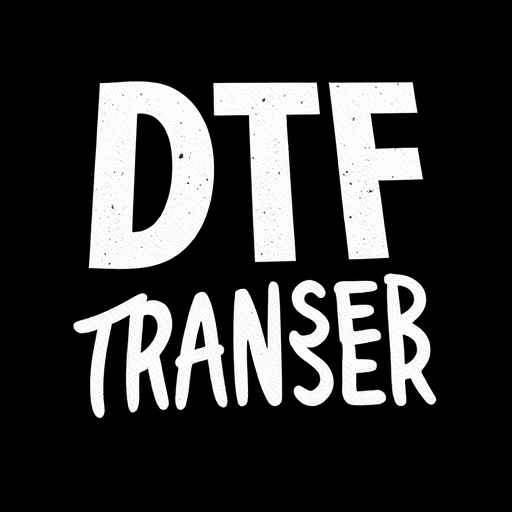
Using DTF (Direct to Fabric) Transfers for commercial applications offers a multitude of advantages over traditional printing methods. Firstly, DTF Printing allows for high-quality, durable prints on a wide variety of fabrics, from cotton and polyester to technical materials used in outdoor gear and athletic wear. This versatility makes it an ideal solution for businesses looking to create custom apparel, promotional merchandise, or even flags and banners with vibrant, long-lasting DTF Prints.
Additionally, DTF Transfers boast extended durability, with prints capable of withstanding harsh washing conditions and exposure to sunlight. This ensures that the DTF Transfer images remain crisp and legible for an extended period, making them suitable for outdoor use or high-turnover production runs. Moreover, the direct application method reduces waste compared to screen printing, as it eliminates the need for separate screens and inks, leading to cost savings for commercial users.
Applications and Industries Benefiting from DTF Printing

The versatility of Direct to Fabric (DTF) printing has led to its widespread adoption across various industries and applications. This technology enables the production of high-quality, long-lasting prints on a diverse range of fabrics, making it an ideal solution for commercial enterprises seeking durable and visually appealing products. From clothing and accessories to flags and banners, DTF transfers offer extended durability, ensuring that designs remain vibrant and intact even under harsh conditions.
Industries such as fashion, sports merchandising, advertising, and event management greatly benefit from DTF printing. In the fashion sector, for instance, designers can create unique, personalized garments with intricate prints that withstand multiple washings. Sports teams and organizations use DTF transfers to produce durable team jerseys and promotional items that retain their quality over time. Additionally, businesses engaged in outdoor advertising rely on DTF prints for banners and signs that are exposed to various weather conditions without compromising visual appeal.
Ensuring Longevity: Factors Affecting Print Durability
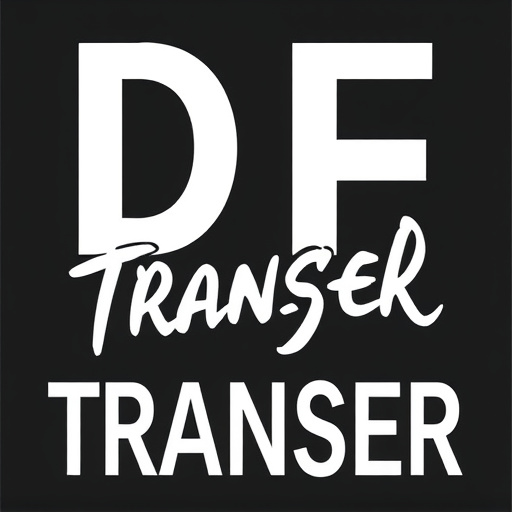
Ensuring Longevity: Factors Affecting Print Durability
When it comes to DTF Transfers and DTF Printing for commercial applications, durability is paramount. The longevity of DTF prints can be significantly influenced by several key factors. One of the primary considerations is ink quality—using high-grade, vibrant inks designed specifically for extended outdoor exposure ensures that colors remain rich and resistant to fading over time. Additionally, the substrate choice plays a crucial role; opt for materials with superior resistance to weather conditions, UV rays, and abrasion to guarantee the print’s integrity.
Proper preparation of the surface before DTF printing is another essential step. Cleaning and profiling ensure optimal adhesion between the ink and substrate, preventing premature wear and tear. Moreover, post-print treatments like coating or laminating can dramatically enhance durability by providing an extra layer of protection against environmental damage, ensuring that DTF prints maintain their quality for extended periods.
The Process of Creating and Applying DTF Prints
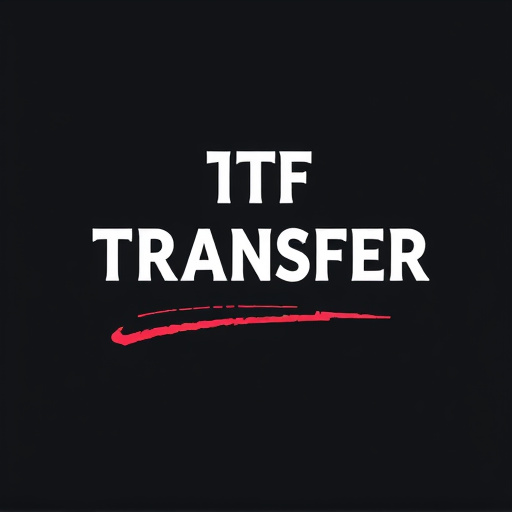
The process of creating and applying DTF (Direct-to-Fabric) prints involves several precise steps to ensure optimal durability and quality. First, designers use specialized software to create or edit artwork, incorporating text, graphics, or logos with specific requirements for color, resolution, and design complexity. This digital file is then sent to a DTF printer, which uses high-precision technology to transfer the image directly onto a fabric surface. The printer applies heat and pressure to fuse the ink particles into the fabric fibres, resulting in a permanent and vibrant print.
After printing, careful consideration is given to the choice of fabric and finishing techniques. Different fabrics, like cotton, polyester, or nylon, may require specific settings and inks for optimal adhesion and durability. Post-printing treatments such as heat pressing or curing further enhance the strength and longevity of the DTF transfer. This meticulous process allows for the creation of durable, high-quality prints suitable for various commercial applications, including apparel, signage, and promotional items.
Future Trends in DTF Transfer Technology and Market Insights
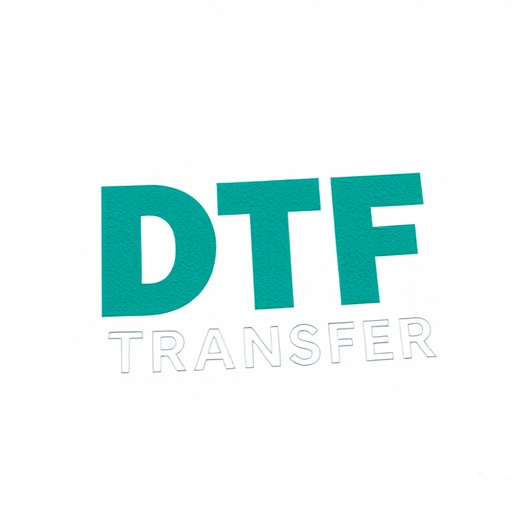
The future of Direct to Fabric (DTF) transfer technology looks promising, with continuous innovations driving its adoption across various commercial sectors. One key trend is the development of transfers with extended durability, designed to withstand harsh environmental conditions and frequent handling—a significant upgrade from traditional DTF prints. This advancement is particularly relevant for industries like outdoor advertising, sportswear manufacturing, and fast fashion, where products need to maintain their quality over prolonged periods.
Market insights suggest a growing demand for DTF transfer solutions that offer superior performance and cost-effectiveness. As businesses seek sustainable and efficient printing methods, the market is witnessing a shift towards digital DTF printing technologies. These advanced systems not only enhance productivity but also enable intricate design customization, catering to the diverse needs of modern commercial applications. With ongoing research and development, we can expect even more robust and versatile DTF transfer materials in the coming years.







